Welcoming a cat into your home can be a joyful experience, but what happens when your new feline friend is more nervous than you expected? Cats are known for their independent nature, but some have a skittish demeanor that can make bonding a bit challenging. Understanding how to comfort a nervous or skittish cat is essential for building trust and forming a lasting bond. Whether it’s a sudden move, a new family member, or just their natural personality, knowing how to approach this situation can make all the difference.
Understanding Your Cat’s Behavior
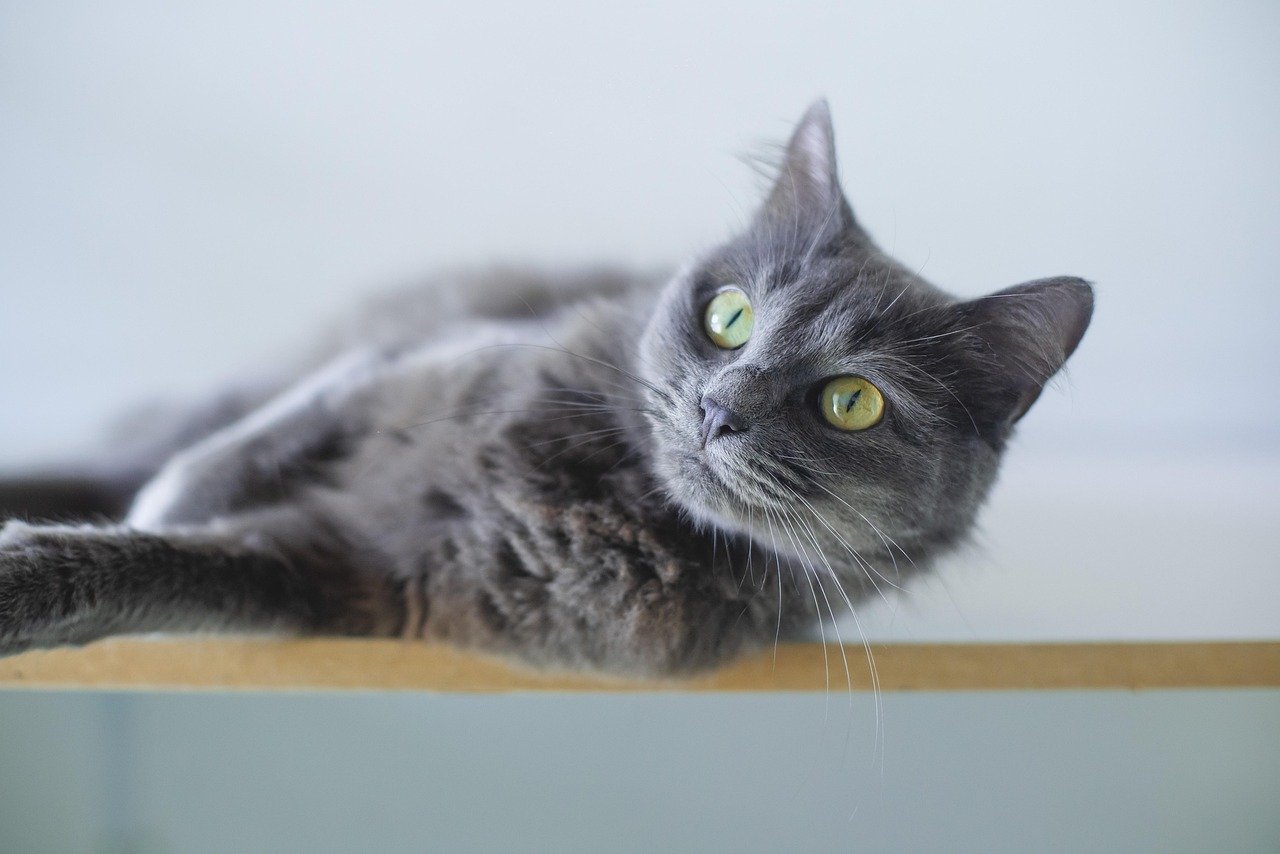
The first step in comforting a nervous cat is understanding their behavior. Cats communicate differently than humans. They might not meow their feelings but will show them through their actions. A nervous cat might hide under the couch or avoid eye contact. Recognizing these signs of discomfort is crucial. Cats, like people, have unique personalities. Some are naturally more anxious, while others may become skittish due to past experiences. Observing and understanding what triggers their fear can help you address it more effectively.
Creating a Safe Environment
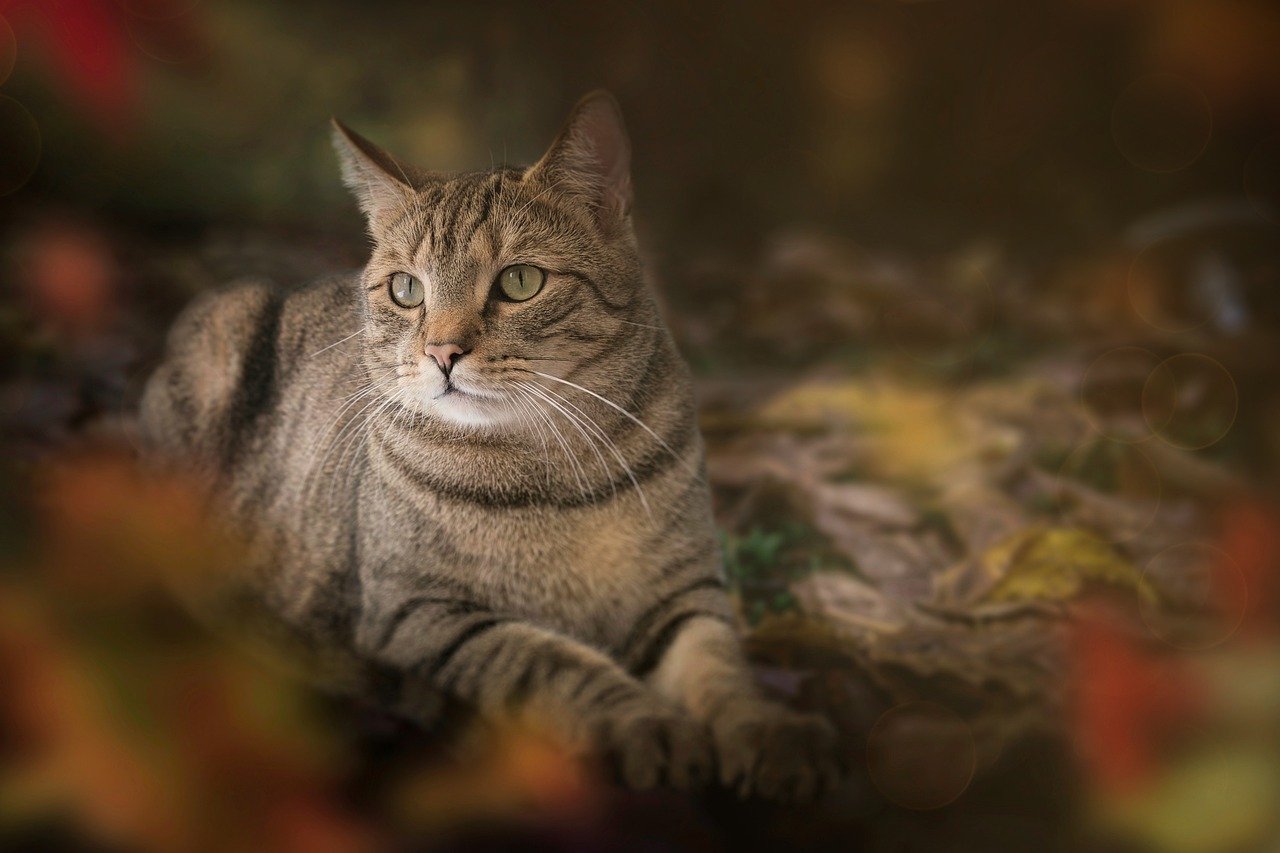
A cat’s environment plays a significant role in how comfortable they feel. Providing a safe and secure space where your cat can retreat when they feel threatened is vital. This might include a quiet corner with a soft bed or a designated room away from loud noises. Cats appreciate consistency, so try to keep their environment stable. Avoid sudden changes like moving furniture or introducing new pets without a gradual transition. A safe space acts like a sanctuary, where your cat can relax and feel protected.
Using Calming Products

There are various products available that can help soothe a nervous cat. Calming sprays and diffusers mimic the natural pheromones produced by cats to promote a sense of well-being. These products are often odorless to humans but can be incredibly comforting to a stressed feline. You might also consider calming treats or supplements designed to reduce anxiety. These products can be likened to a warm cup of chamomile tea for humans—a gentle, natural way to ease tension.
Establishing a Routine
Cats thrive on routine. Establishing a regular schedule for feeding, playtime, and cuddles can give your cat a sense of predictability. Knowing what to expect and when can reduce anxiety and help your cat feel more secure. Much like how children might feel more at ease with a bedtime routine, cats appreciate consistency in their daily lives. Sticking to a routine shows your cat they can rely on you, further building trust between you both.
Building Trust Through Play
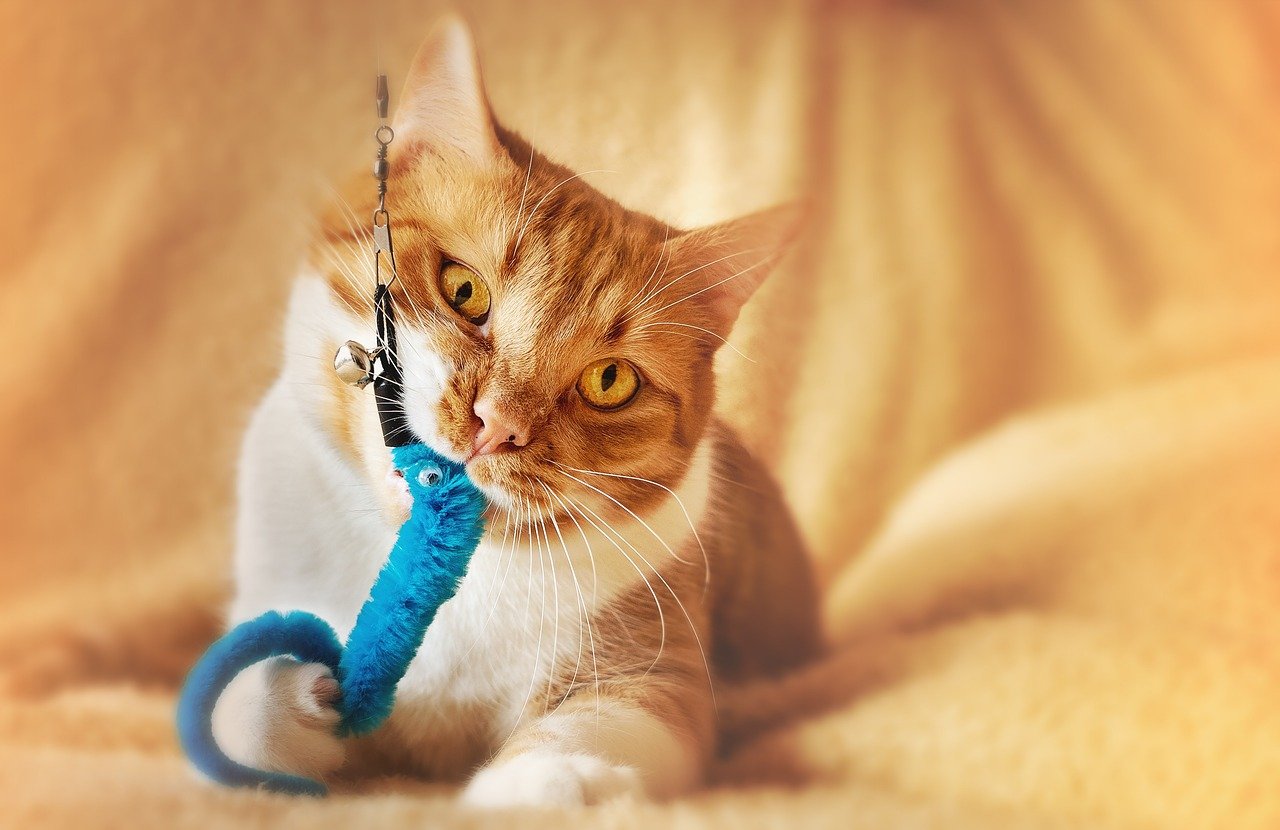
Playtime is not just about burning off energy; it’s a fantastic way to bond with your cat. Engage your cat with toys that mimic prey, like feather wands or laser pointers. These activities can distract them from their anxiety and help them associate you with fun and positive experiences. Just like playing catch with a dog builds a connection, interactive play with your cat can strengthen your relationship and reduce their skittishness over time.
Gentle and Respectful Handling
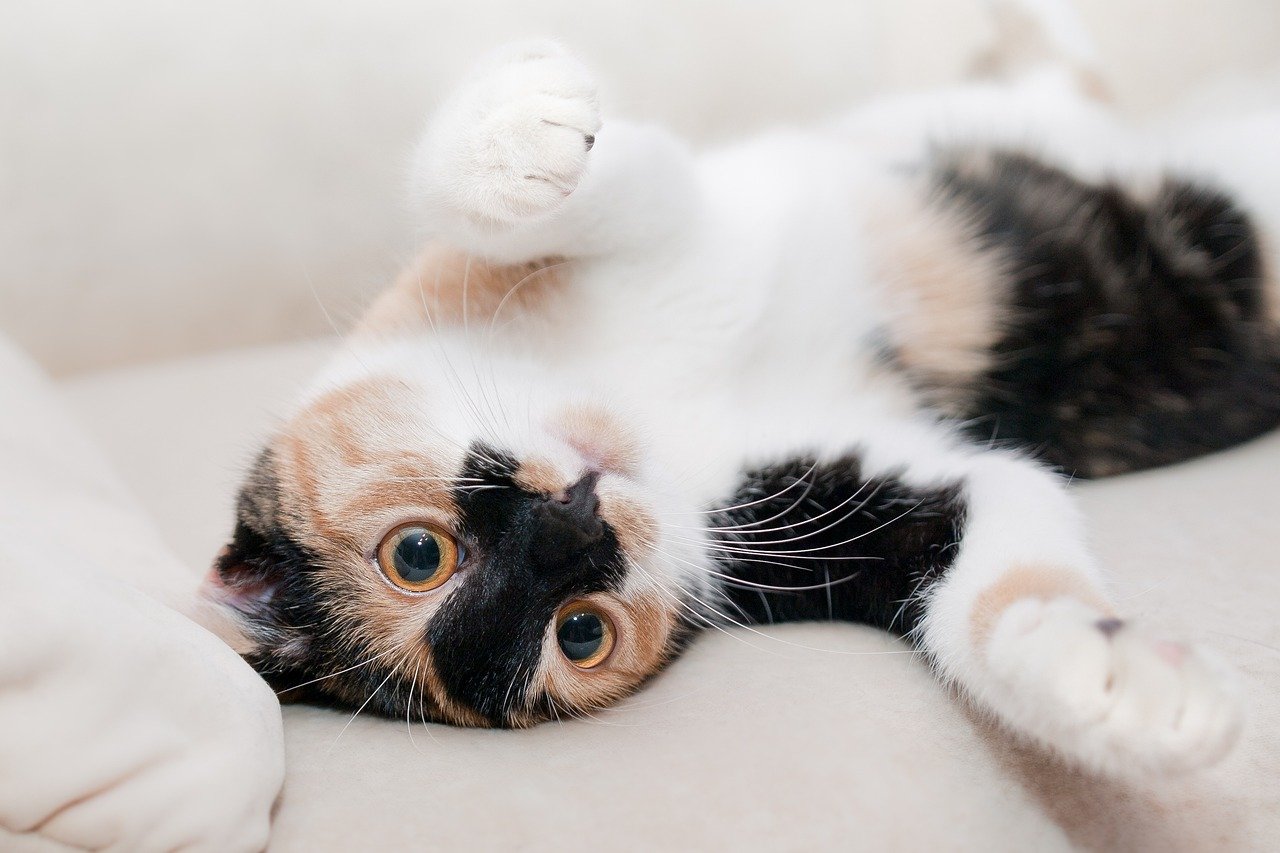
Handling a nervous cat requires patience and respect. They might not be ready for cuddles or petting right away. Allow your cat to approach you on their terms. If they seem comfortable, you can try gentle petting, focusing on areas they seem to enjoy, such as behind the ears or under the chin. Think of it like shaking hands with a new acquaintance; you wouldn’t want to overstep boundaries. Respecting your cat’s personal space will encourage them to trust you more.
Encouraging Exploration
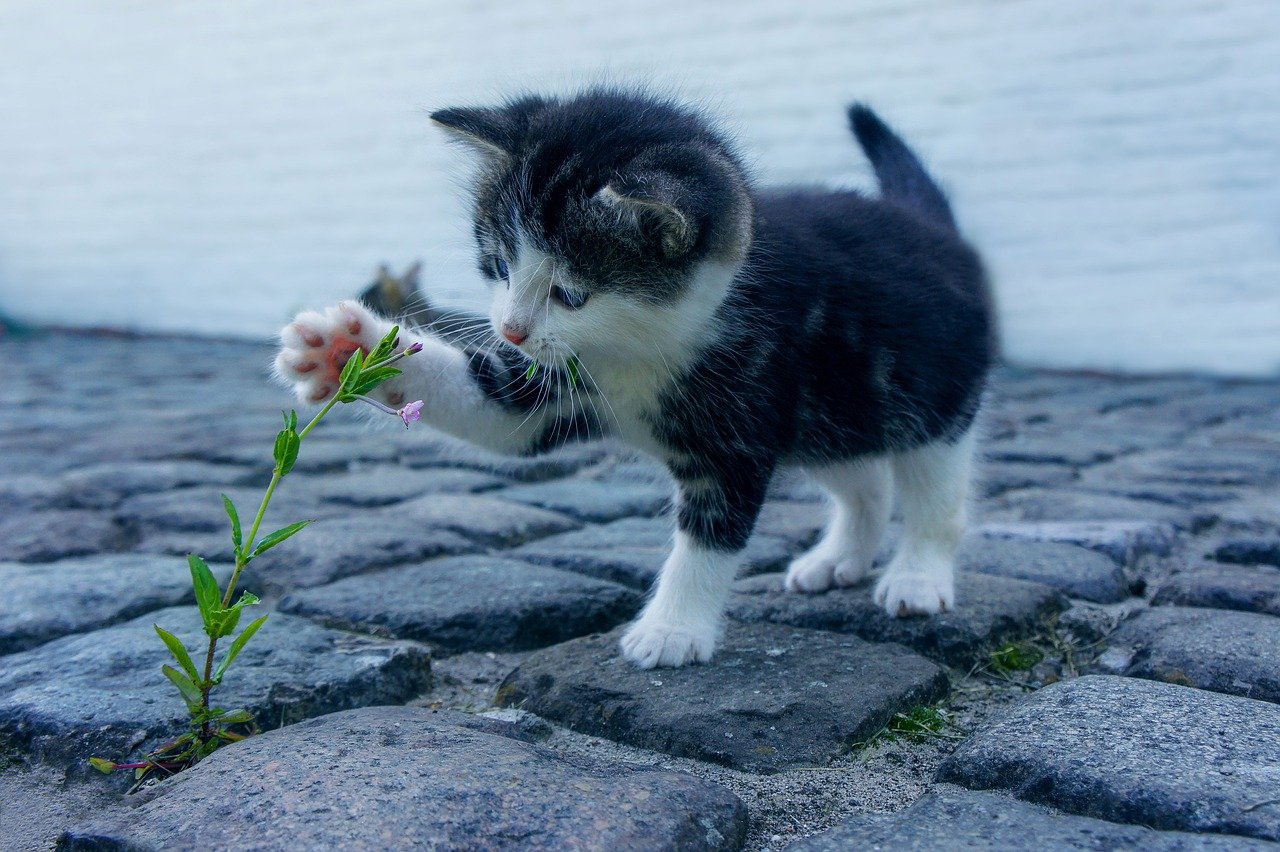
Allowing your cat to explore their environment at their own pace can help build confidence. Encourage them to investigate new areas of your home, always ensuring they have a safe retreat if they become overwhelmed. Exploration can be a bit like a toddler discovering the world, filled with curiosity and a little apprehension. Providing a stimulating environment with toys, scratching posts, and hiding spots can make exploration an exciting adventure for your cat.
Understanding Body Language
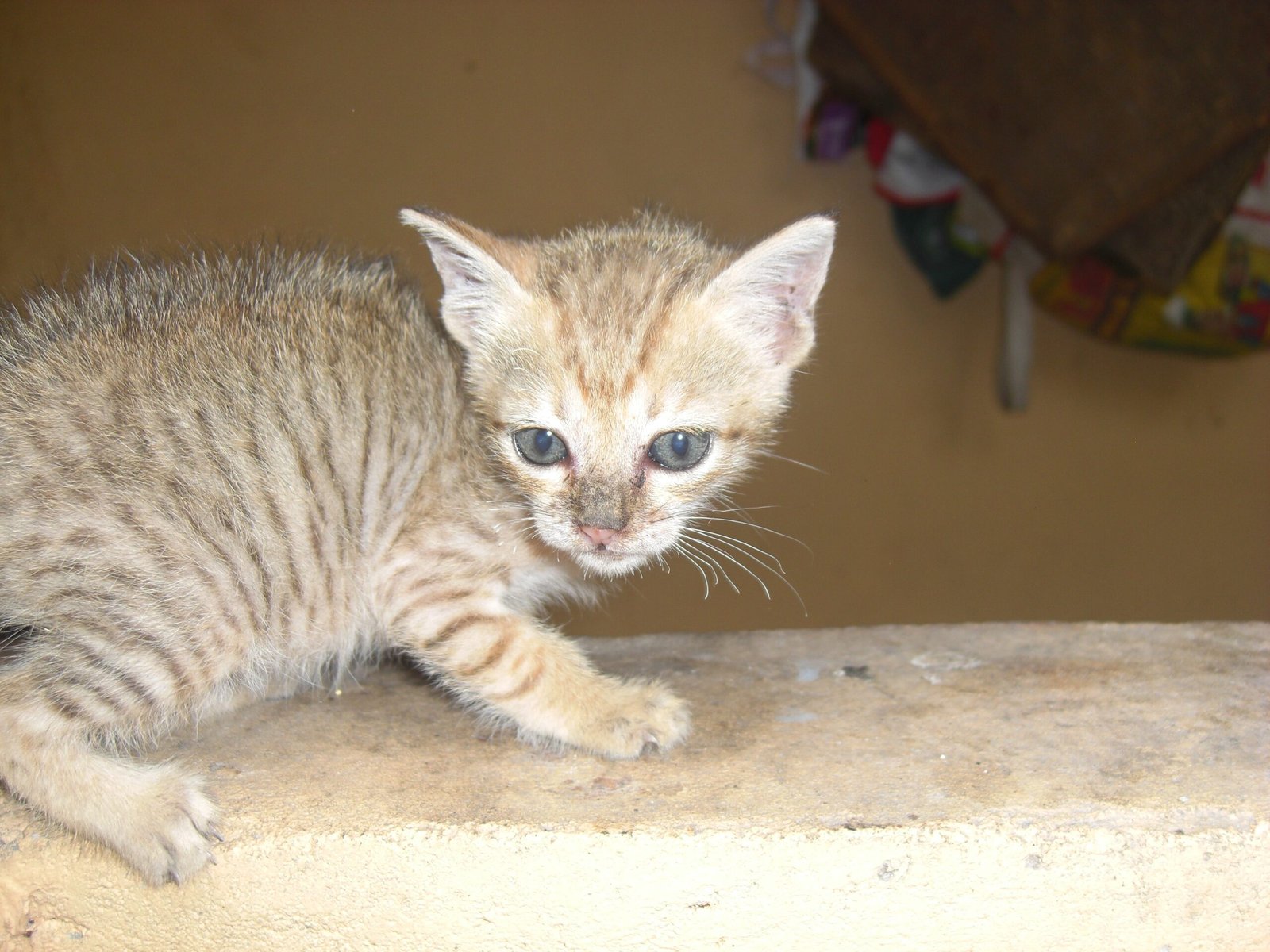
Cats communicate a lot through body language. A flicking tail, flattened ears, or dilated pupils can indicate stress or fear. Learning to read these signals will help you understand how your cat is feeling at any given moment. It’s like learning a new language—once you understand the basics, communication becomes much more straightforward. By recognizing and responding to these cues, you can adapt your approach to suit your cat’s comfort level.
Introducing New People and Pets
Introducing new people or pets to a nervous cat requires careful planning. Allow your cat to observe from a distance and approach when they’re ready. Rushing introductions can lead to stress and setbacks. It’s similar to meeting new friends; you wouldn’t want to be thrust into a crowd without preparation. Slow and controlled introductions, with plenty of positive reinforcement, can help your cat adjust to new family members without anxiety.
Providing Positive Reinforcement
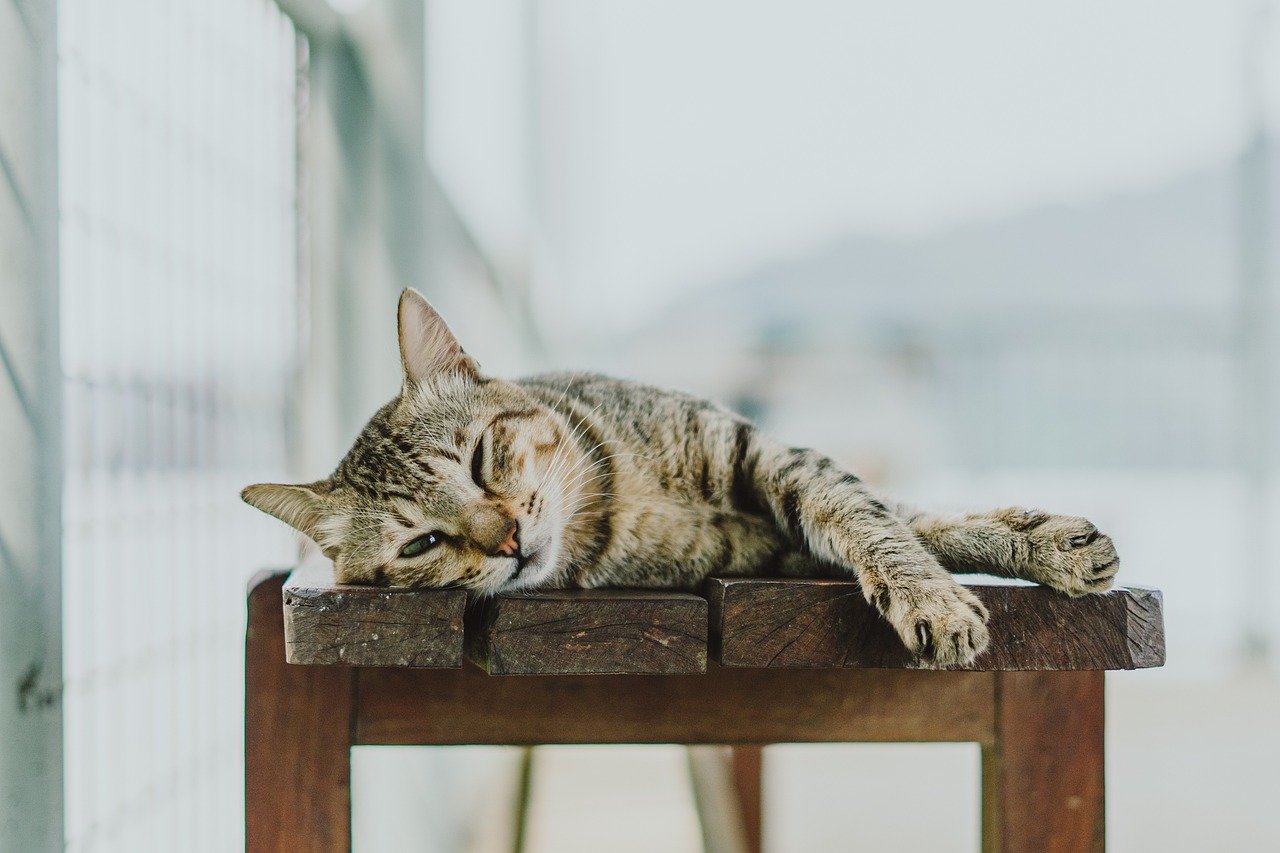
Rewarding your cat for calm behavior with treats or affection can encourage them to relax. Positive reinforcement is a powerful tool in modifying behavior. Whenever your cat shows bravery or calmness, acknowledge it with a reward. It’s akin to praising a child for doing well in school; it boosts confidence and encourages repetition of the behavior. Consistent positive reinforcement can gradually shift your cat’s perception of stressful situations.
Using Music and Sound Therapy

Music and sound can have a soothing effect on anxious cats. Playing soft, calming music or nature sounds can help create a peaceful atmosphere. Some cats respond well to classical music, while others might prefer the sound of rain or birds chirping. Think of this as creating a spa-like environment, where calming sounds help melt away stress. Experiment with different sounds to find what your cat finds most comforting.
Seeking Professional Help
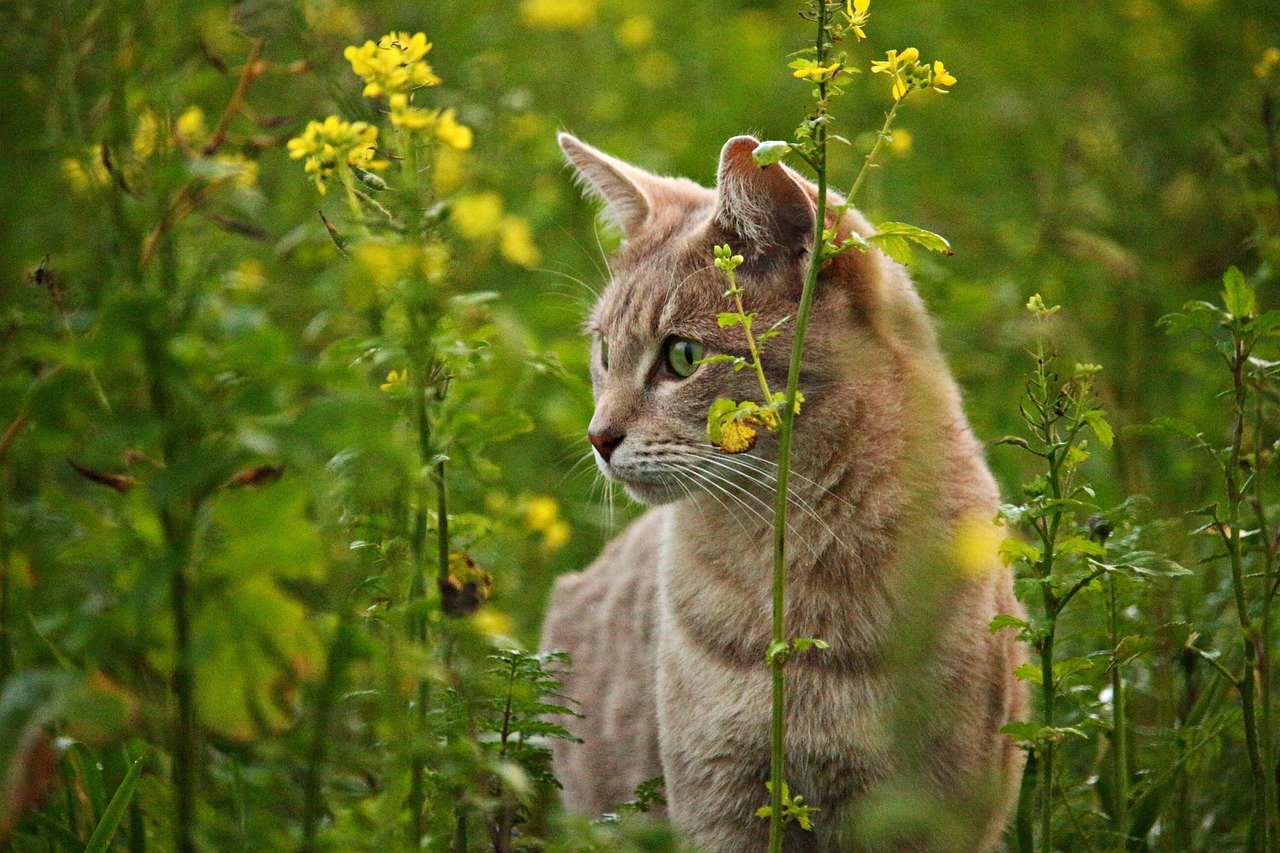
If your cat’s anxiety seems overwhelming, it might be time to seek professional help. Veterinarians and animal behaviorists can offer valuable insights and strategies tailored to your cat’s needs. This is akin to consulting a therapist for personal issues; sometimes, expert guidance is necessary. They can help identify underlying causes and provide solutions that you might not have considered on your own.
Understanding Past Trauma

Some cats may be skittish due to past trauma. Understanding their history can provide clues on how best to comfort them. A cat who has experienced neglect might be more fearful of human interaction. Recognizing these past experiences can be like piecing together a puzzle, helping you form a more complete picture of your cat’s behavior. Patience and empathy are key in helping a traumatized cat heal and feel safe again.
Building a Strong Bond

Building a strong bond with a skittish cat takes time but is incredibly rewarding. Spend quality time with your cat, engage in activities they enjoy, and be patient. Over time, your cat will come to see you as a source of comfort and security. This bond is like a friendship that grows stronger with shared experiences and understanding. The effort you put into building this relationship will be reflected in your cat’s increased trust and affection.
Recognizing and Reducing Stressors
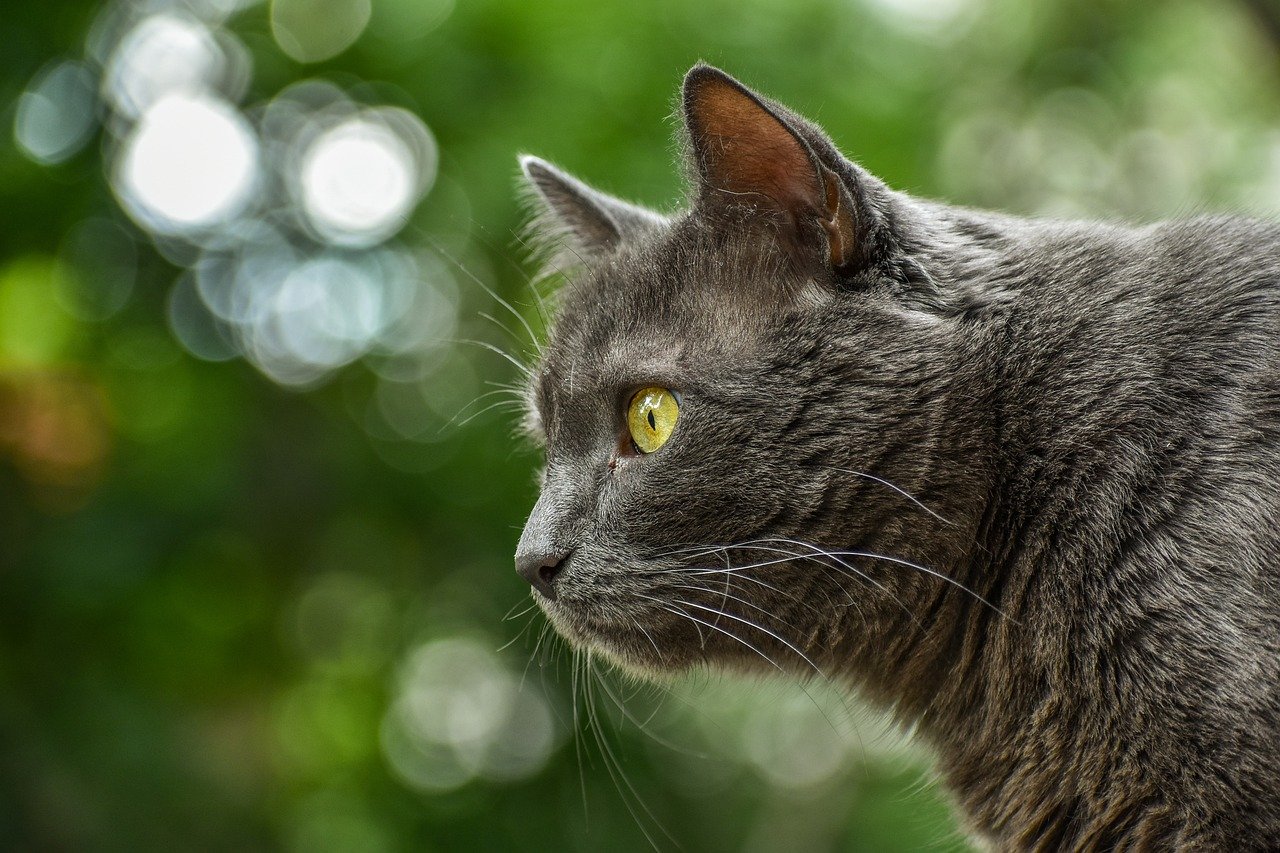
Identifying and minimizing stressors in your cat’s environment can significantly reduce anxiety. Loud noises, unfamiliar visitors, or even changes in their routine can be stress triggers. It’s like reducing background noise to improve focus; eliminating stressors allows your cat to relax and feel more at ease. By being mindful of these factors, you can create a more harmonious environment for your feline friend.
Encouraging Socialization

While some cats are naturally more solitary, encouraging socialization can help reduce skittish behavior. Gradually exposing your cat to new experiences and people can enhance their confidence. Socialization is similar to expanding one’s comfort zone; the more positive interactions your cat has, the more comfortable they become in various situations. Start small and slowly increase exposure as your cat becomes more assured.
Using Scent to Comfort
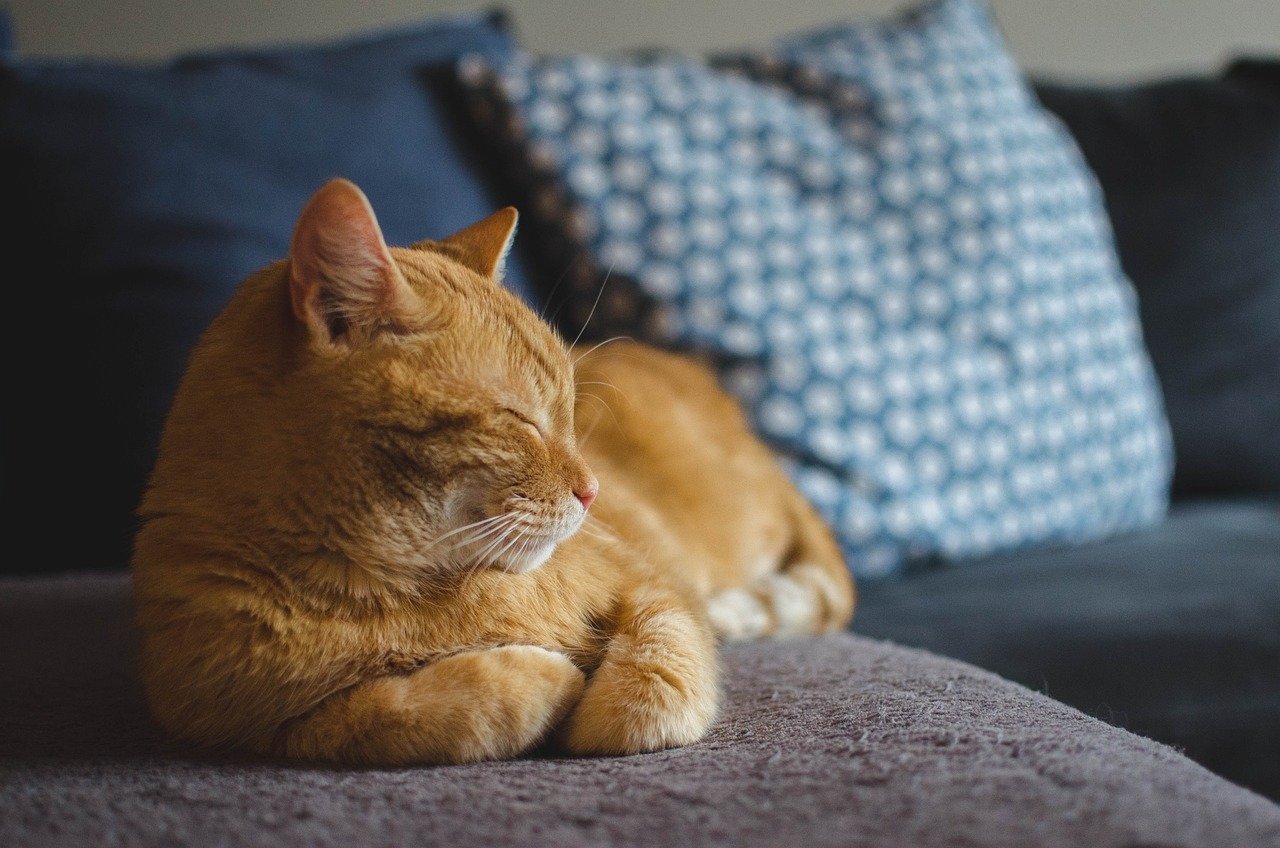
Scents play a significant role in a cat’s world. Using familiar scents, like your clothing or a favorite blanket, can provide comfort to a nervous cat. It’s akin to a comforting hug; familiar scents can evoke feelings of safety and warmth. You might also try using a pheromone diffuser, which releases calming scents that mimic a cat’s natural pheromones, encouraging relaxation.
Practicing Patience and Empathy
Patience and empathy are essential when comforting a nervous cat. Every cat is unique, and what works for one might not work for another. Understanding your cat’s needs and giving them time to adjust at their own pace is vital. It’s like nurturing a plant; with care and attention, your cat will blossom into a more confident and happy companion. Your patience will be rewarded with a loving, trusting relationship.
Conclusion

Comforting a nervous or skittish cat requires understanding, patience, and a bit of creativity. By taking the time to understand your cat’s behavior and needs, and by creating a safe, comforting environment, you can help them feel more at ease. Building trust and a strong bond with your cat is a journey that requires time and effort but is ultimately rewarding. With the right approach, you can transform your anxious feline into a confident and loving companion.
Hi, I’m Bola, a passionate writer and creative strategist with a knack for crafting compelling content that educates, inspires, and connects. Over the years, I’ve honed my skills across various writing fields, including content creation, copywriting, online course development, and video scriptwriting.
When I’m not at my desk, you’ll find me exploring new ideas, reading books, or brainstorming creative ways to solve challenges. I believe that words have the power to transform, and I’m here to help you leverage that power for success.
Thanks for stopping by, Keep coming to this website to checkout new articles form me. You’d always love it!






